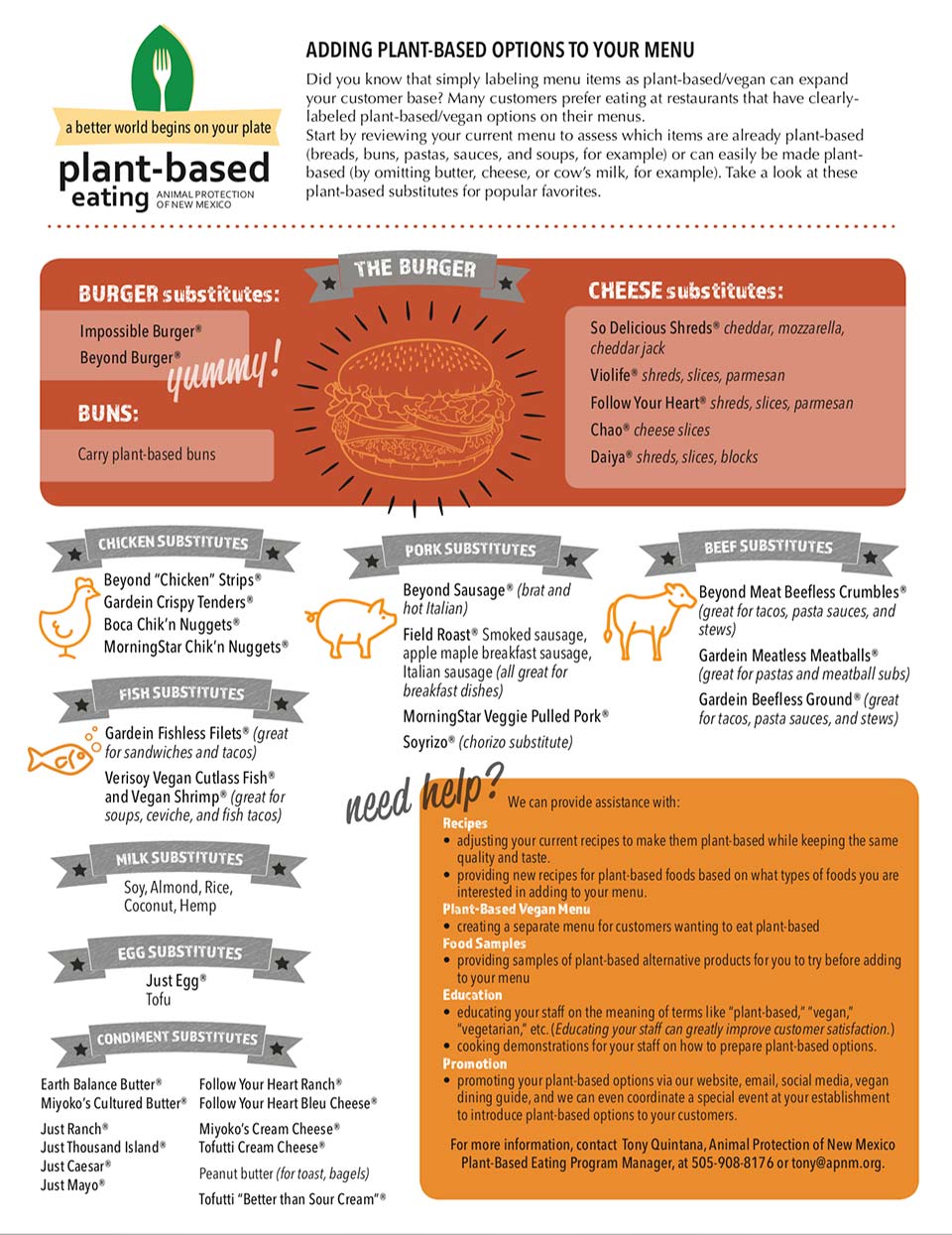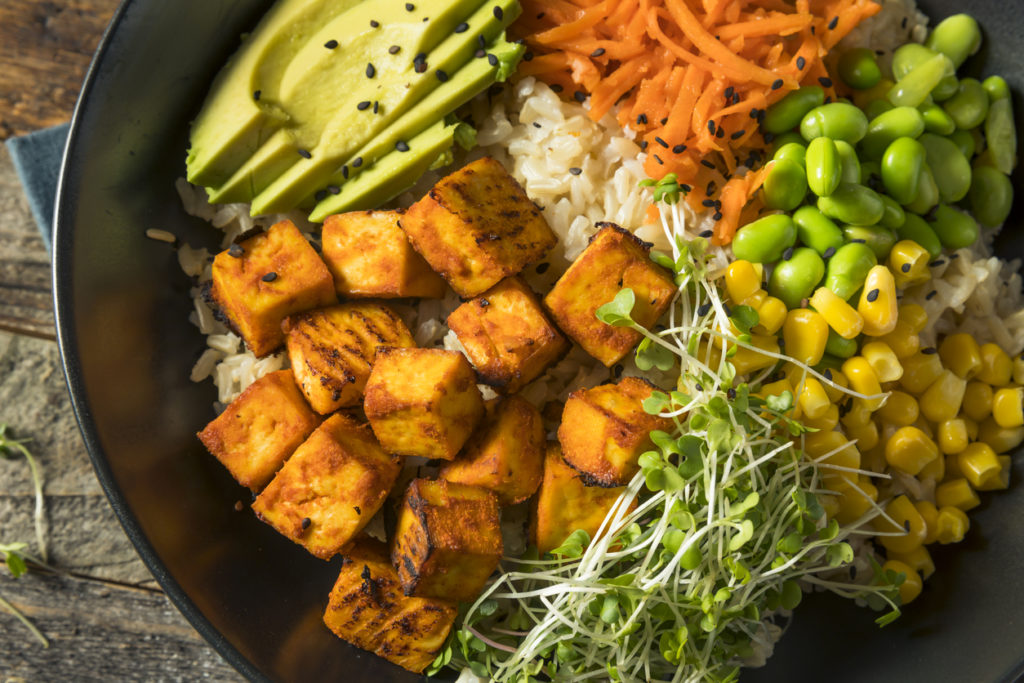
Protein is a vital nutrient in a healthy vegan diet. You can get it from plant-based foods like nuts, seeds, and whole grains. You can also find additional protein in hemp, chia, and flax seed. They're full of protein, essential fatty acids, and disease-fighting phytonutrients. They also have antioxidant and fiber properties. Almonds and walnuts, which are rich in omega-3 fatty acid, are very nutritious. Other nuts like pecans and brazil nuts are great sources of magnesium, vitamin E, and zinc.
Protein
You should remember that vegans will consume less protein than those who follow a traditional American diet. Although this is not necessarily bad, it can lead to increased risk of osteoporosis and kidney disease. To ensure sufficient protein intake, you might consider including other foods into your diet.
Calcium
Vegans should ensure that they get enough calcium. Many foods are fortified and contain calcium to help you get the necessary amount. Fortified yogurt contains 100g of calcium. There are also 80g servings of nuts, fruits, and seeds. One teaspoon. of dried herb in your diet.

Whole grains
Whole grains should be a part of every vegan diet plan. They are rich in a number of essential nutrients. You can use whole grains in salads, baked goods, and sandwiches. These whole grains can be used in a stir-fry or curry.
Water
Drinking enough water is a crucial part of a healthy vegan diet plan. It has many benefits for your health, including lowering your risk of kidney stones and diabetes. It can help reduce the risk for urinary tract infections, as well as dental disease. People who are changing to a vegan diet should also increase their fluid intake. Fiber can cause digestive problems, so drink plenty of water to compensate.
Saturated fats
Saturated Fats are a class of fatty compounds that are most commonly found in animal products. However they can also occur in plant foods. These fats can lead to cardiovascular disease and may cause damage to your health. The American Heart Association has reduced the daily recommended intake of saturated fat from 5 to 6 percent of your total calories. A healthy vegan diet plan should limit saturated fat intake to no more that a third of daily calories. This is lower than the amount recommended for animal product diets.
Vegetables
Healthy vegan diet plans include vegetables as an important component. They are high in vitamins as well as fiber which may lower your chance of getting certain cancers. Vegetables are a great source of fiber which keeps your bowel movements regular. Vegetables can be digested more easily than animal products. Vegetables are also an ideal choice if you're trying to lose weight.

Legumes
Legumes, a plant-based food, are great. They are high in fiber and protein. These can be included in your meal plan as a main dish or side dish. They can be added to desserts.
WSLF diet
YouTubers and Instagram stars such as Kristin MacDowell and Alex have made the WSLF diet very popular. It is based on leafy greens, starchy vegetables, and whole grains. Healthy fats such as avocados, seeds, and nuts are also allowed in the diet.
FAQ
How can I live the best life possible every day?
The first step towards living your best life everyday is to find out what makes you happy. Once you are clear about what makes you happy and satisfied, you can move on to the next step. You can also talk to others about how they live their best days every day.
You can also read books by Wayne Dyer, such as "How to Live Your Best Life". He discusses finding happiness and fulfillment throughout our lives.
What is the difference of a virus from a bacteria?
A virus is a microscopic organism that cannot reproduce outside its host cell. A bacterium is a single-celled organism that reproduces by splitting itself in two. Viruses can be as small as 20 nanometers, while bacteria can grow up to 1 micron.
Viruses are spread via contact with infected bodily liquids such as urine, saliva, semen and vaginal secretions. Bacteria is usually spread directly from surfaces or objects contaminated with bacteria.
Viruses can enter our bodies through cuts, scrapes, bites, or other breaks in the skin. They can also enter the body through the nose and mouth, eyes, ears or rectum.
Bacteria can enter our bodies through wounds, cuts, scrapes, burns, insect stings, or other breaks in our skin. They may also come into our bodies through food, water, air, soil, dust, or animals.
Both bacteria and viruses cause illness. Viruses can not multiply in the host. They can only infect living cells and cause illness.
Bacteria can multiply within their hosts and cause illness. They can infiltrate other parts of the body. They can even invade other parts of the body, which is why antibiotics are necessary to eradicate them.
What can you do for your immune system to improve?
The human body is made up of trillions and trillions cells. Each cell is responsible for creating organs and tissues with specific functions. One cell is replaced by another when it dies. Cells also communicate with each other using chemical signals called hormones. Hormones regulate all bodily processes, from growth and development to metabolism and immunity.
Hormones, chemicals that are secreted throughout the body by glands, are chemicals. They circulate through the bloodstream and act as messengers to regulate how our bodies function. Some hormones are produced internally while others are made outside of the body.
Hormone production begins when a hormone-producing gland releases its contents into the bloodstream. Once hormones are released they move through the bloodstream until reaching their target organ. Some hormones are only active for a brief time. Other hormones remain active longer and still have an influence on the body's functioning long after they leave bloodstream.
Some hormones may be produced in large numbers. Some hormones are produced in large quantities.
Certain hormones can only be produced at specific times in life. The production of estrogen can occur during puberty and pregnancy, as well as menopause and old age. Estrogen is important for women to develop breasts and maintain bone density. It also helps prevent osteoporosis. It promotes hair growth as well as keeping skin soft and smooth.
What can I do to lower my blood pressure?
First, you must determine what is causing high blood pressure. Then you need to take steps to reduce this cause. You can do this by eating less salt, losing weight, or taking medication.
Exercise is also important. If you don’t have enough time to exercise regularly, consider walking more often.
You should join a gym if you are unhappy with your exercise routine. It's likely that you will want to join a gym with other people who are working towards the same goals as you. It is easier to adhere to a fitness routine when someone else will be there with you.
Does being cold give you a weak immune system?
It's been said that there are two kinds of people in the world; those who love winter and those who hate it. It doesn't really matter whether you love winter or you hate it. You might wonder why you feel so bad when it's cold.
The reason is simple: Our bodies are meant to function best in warm conditions. Our bodies were designed to thrive in hot weather because this is where the majority of our food sources are.
However, our environment is quite different than that of our ancestors. We spend a lot more time indoors, and are more likely to be exposed to extreme temperatures like heat and cold.
As a result, our bodies aren't used to such extremes anymore. When we venture out, our bodies are unable to handle the extremes. This leaves us feeling exhausted, sluggish, or even sick.
These effects can be reversed, however. You can combat these effects by making sure you are well-hydrated all day. You can help flush out toxins and keep your body hydrated by drinking plenty of water.
Also, ensure you eat healthy food. Consuming healthy food helps maintain your body's optimal temperature. This is especially important for those who spend long periods inside.
Take a few minutes every morning to meditate. Meditation can relax your mind and body which can make it easier to deal stress and illness.
What is the problem in BMI?
BMI stands For Body Mass Index. It is a measurement of body mass based on height and/or weight. BMI is calculated using the following formula:
The weight of a kilogram divided by its squared height in meters.
The result can be expressed as a number, ranging from 0 through 25. Scores of 18.5 and higher indicate overweight, while scores of 23 and higher indicate obesity.
A person with 100 kg will have a BMI 22 if they are 1.75m tall and weigh 100 kg.
Statistics
- In both adults and children, the intake of free sugars should be reduced to less than 10% of total energy intake. (who.int)
- WHO recommends reducing saturated fats to less than 10% of total energy intake; reducing trans-fats to less than 1% of total energy intake; and replacing both saturated fats and trans-fats to unsaturated fats. (who.int)
- Extra virgin olive oil may benefit heart health, as people who consume it have a lower risk for dying from heart attacks and strokes according to some evidence (57Trusted Source (healthline.com)
- According to the Physical Activity Guidelines for Americans, we should strive for at least 150 minutes of moderate intensity activity each week (54Trusted Source Smoking, harmful use of drugs, and alcohol abuse can all seriously negatively affect your health. (healthline.com)
External Links
How To
How to Live a Healthful Lifestyle
A healthy lifestyle is one in which you are able maintain your weight and health. It involves living a healthy lifestyle, which includes exercising regularly, eating well, and staying away tobacco, alcohol, and other drugs. Healthy living can help you feel better about yourself and keep you fit. Additionally, a healthy lifestyle will reduce your chances of developing chronic diseases like stroke, heart disease or diabetes, as well as cancer, osteoporosis, arthritis, and other conditions.
This project had the main objective of providing a step-by–step guide to living a healthier lifestyle. The introduction was the first portion of the project. It describes the benefits of living a healthy life, what it means, and who we should be. I then wrote the body paragraphs. They contain various tips for how to maintain a healthy lifestyle. Finally, I wrote my conclusion. It summarizes the entire article and gives additional resources if required.
This assignment taught me how I can write concise, clear paragraphs. Also, I learned how to organize my ideas into topic sentences and supporting details. My research skills were also improved as I had to search for specific sources and cite them correctly. Finally, I learned how to properly use grammar when writing.